There’s nothing quite like that first sip of Coca-Cola—the iconic fizz, the caramel-sweet nostalgia, the universal comfort of something familiar. But behind that classic red label is a company that’s never been afraid to shake things up.
Over the years, Coca-Cola has taken some wild swings when it comes to new flavors. Some have soared to legendary status, creating loyal fanbases and reshaping soda history. Others? Not so much.
Imagine cracking open a bottle of Coke that tastes like a dream—or outer space. Or taking a sip that confuses your brain because it looks like water but tastes like cola. From “coffee cola” crossovers to space-inspired sips, Coca-Cola has proven one thing time and again: it’s not afraid to experiment. And with each new flavor release, fans and skeptics alike can’t help but ask: is this the next big thing, or another case for the flavor graveyard?
In this bubbling journey through Coca-Cola’s history, we’re revisiting 7 flavors that fizzled out before they found their footing, and 7 others that became true soda royalty. Whether you’re a loyalist who never strays from the classic or an adventurous sipper always chasing the next bold blend, this list has something for you.
So grab your favorite fizzy drink, settle in, and get ready to revisit the hits and the flops—the sweet, the strange, and the downright questionable. You might just discover a forgotten flavor you loved… or one you’re glad you never tasted.
1. Flop: Coca-Cola Blak
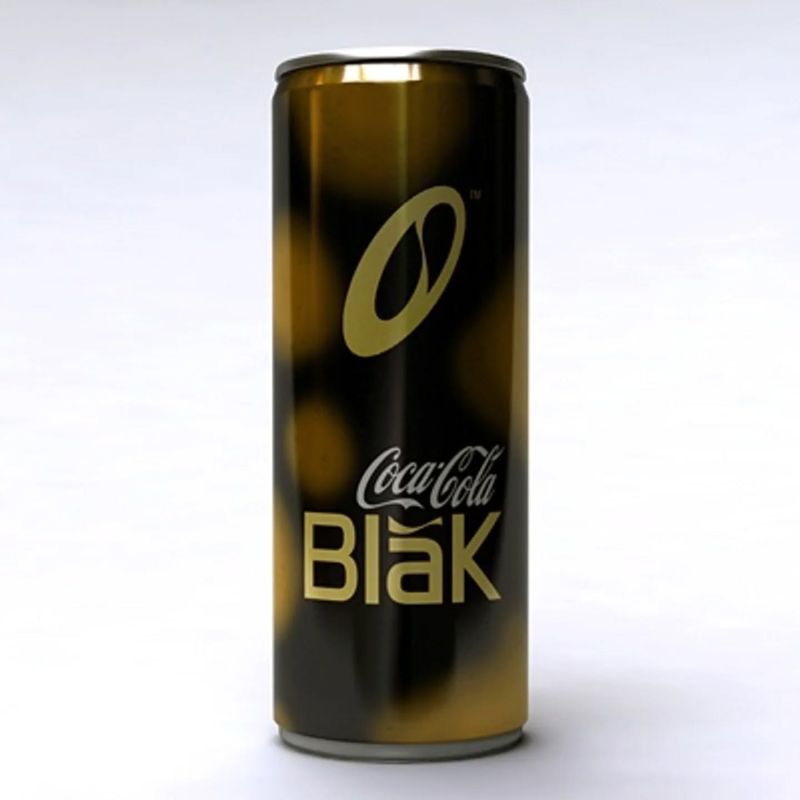
Remember 2006’s bizarre coffee-infused Coke? Coca-Cola Blak attempted to merge morning coffee with afternoon refreshment, creating a beverage identity crisis that puzzled consumers worldwide.
The bitter coffee notes clashed horribly with Coke’s signature sweetness. Most people couldn’t decide if they should drink it with breakfast or as an afternoon pick-me-up. After limping along for two years, Blak vanished from shelves in 2008, joining the company’s hall of failed experiments. Modern coffee-cola blends learned from these mistakes, balancing flavors much more successfully.
2. Flop: New Coke

Launched in 1985, New Coke represents perhaps the biggest blunder in beverage history. The company actually replaced its century-old formula with a sweeter version, thinking consumers would prefer it in blind taste tests.
Public backlash was immediate and fierce. Loyal customers hoarded original Coke, created protest groups, and flooded the company with angry calls – 8,000 complaints daily! Just 79 days later, Coca-Cola reintroduced the original formula as “Coca-Cola Classic.”
While initially a catastrophe, some marketing experts now view it as accidentally brilliant, as the controversy ultimately strengthened consumer loyalty to the original product.
3. Flop: Coca-Cola Life
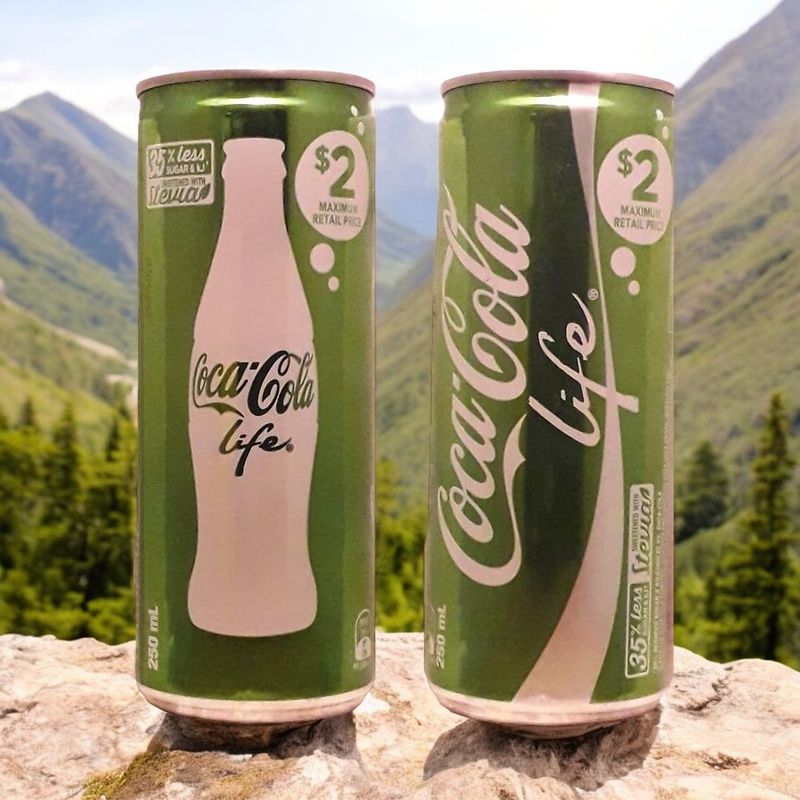
Arriving in 2013, Coca-Cola Life came in distinctive green packaging, signaling its “natural” credentials. Sweetened with stevia leaf extract and containing fewer calories than regular Coke, it aimed to attract health-conscious consumers. The problem? It satisfied nobody.
Health enthusiasts avoided it because it still contained sugar and calories. Traditional Coke drinkers disliked the altered taste from the stevia blend. By 2020, this middle-ground approach had failed in nearly every market. The green bottles disappeared from shelves, proving that sometimes trying to please everyone results in pleasing no one.
4. Flop: Coca-Cola Clear
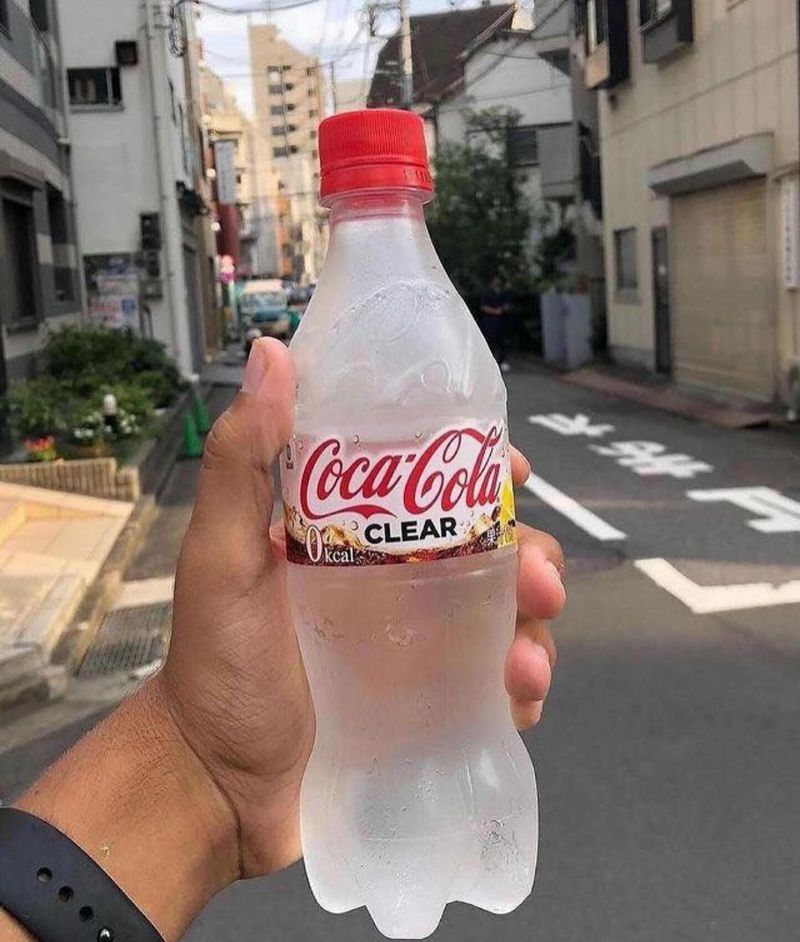
Following the 1990s clear beverage trend (remember Crystal Pepsi?), Coca-Cola jumped on the bandwagon with Coca-Cola Clear in Japan. The colorless drink removed the caramel coloring but kept a modified version of the classic flavor.
Consumers found the transparent appearance deeply unsettling. Our brains expect certain colors with certain flavors, and this mismatch created a disconnected drinking experience. The novelty quickly wore off, and sales fizzled.
This experiment proved that Coke’s iconic brown color isn’t just for show – it’s a crucial part of the sensory experience that makes the beverage instantly recognizable and appealing.
5. Flop: Coca-Cola Starlight
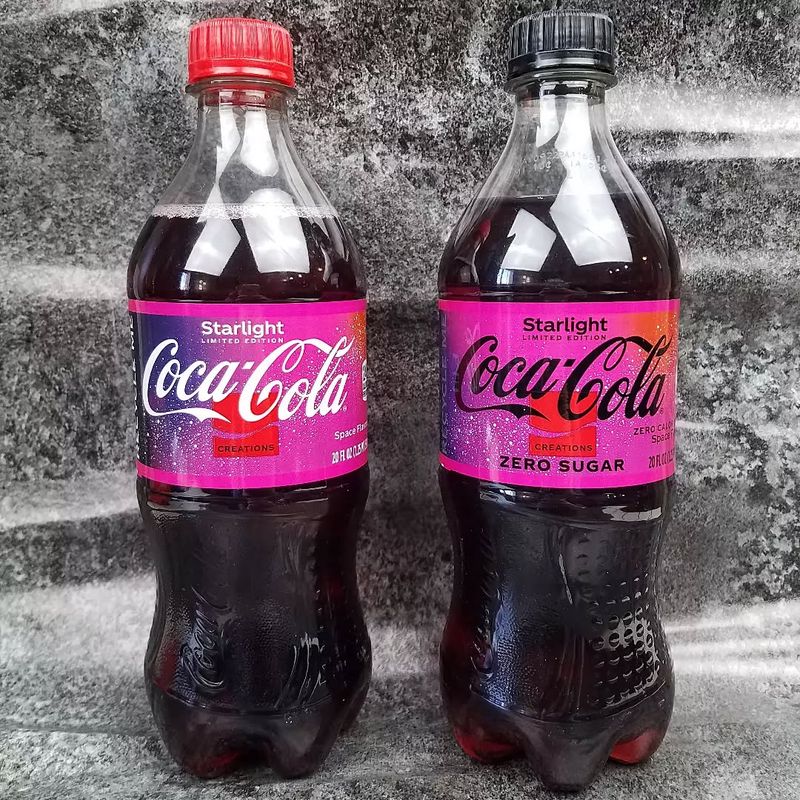
In 2022, Coca-Cola launched Starlight with the bizarre premise of capturing the flavor of outer space. The reddish beverage supposedly offered notes of “starlight” – whatever that means. Marketing materials vaguely described it as having hints of “the cooling sensation of a cold journey to space.”
Consumers reported tasting everything from cotton candy to graham crackers, showing how subjective the experience was. Despite fancy AR experiences and flashy packaging, the product suffered from a fundamental problem: nobody asked for space-flavored soda.
The gimmicky approach felt forced and failed to create a meaningful connection with Coke’s core appeal.
6. Flop: Coca-Cola Dreamworld
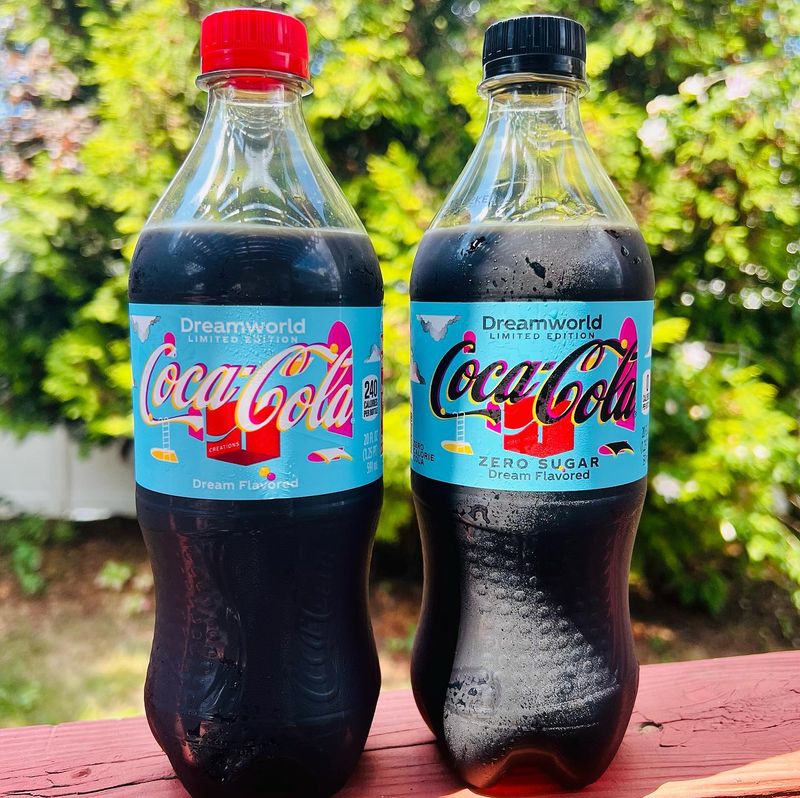
Following Starlight’s abstract concept, 2022’s Dreamworld attempted to bottle the flavor of dreams. The purple-hued beverage came with augmented reality experiences and surreal marketing, but the actual taste left consumers bewildered. Most described it as a fruity, candy-like flavor with no clear identity.
The company deliberately kept the flavor profile vague, claiming it captured “dreamlike” sensations. This abstract approach backfired as customers simply wanted to know what they were drinking. Dreamworld demonstrated that while creative marketing can generate initial interest, beverages ultimately need to deliver a satisfying, identifiable taste experience rather than conceptual confusion.
7. Flop: OK Soda
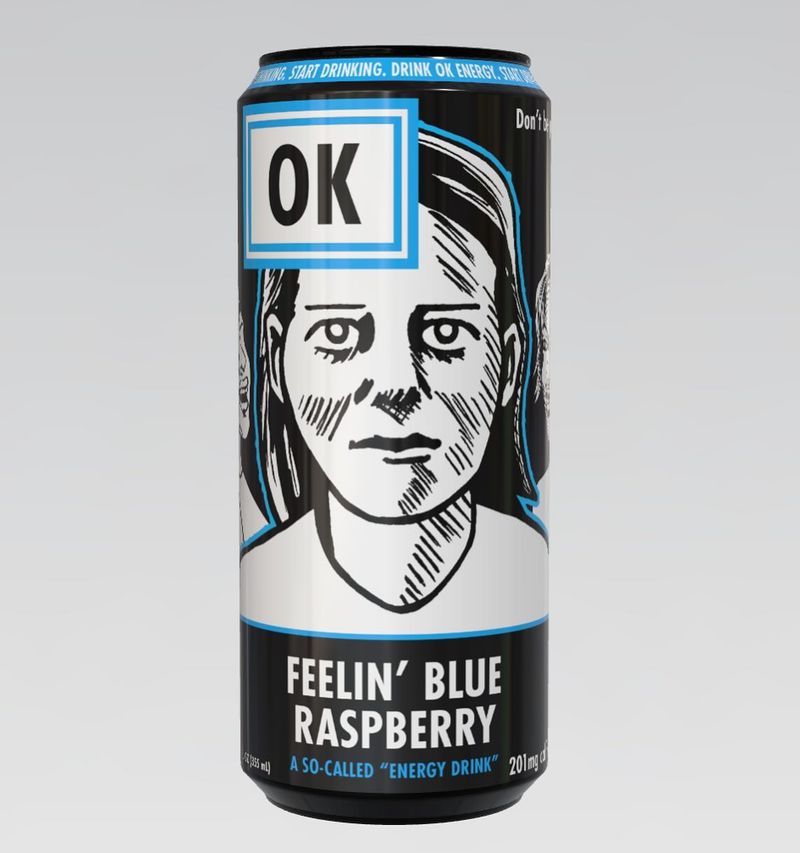
In 1993, Coca-Cola tried targeting Generation X with OK Soda, featuring nihilistic marketing that mocked traditional advertising. The cans displayed bizarre artwork by alternative cartoonists and an “OK Manifesto” that embraced mediocrity.
The flavor was an odd citrus-cola blend that matched the product’s intentionally underwhelming name. Coca-Cola thought Gen X would appreciate the ironic, anti-corporate approach, but the strategy backfired spectacularly. After test marketing in limited regions, OK Soda was pulled within months.
8. Top: Diet Coke
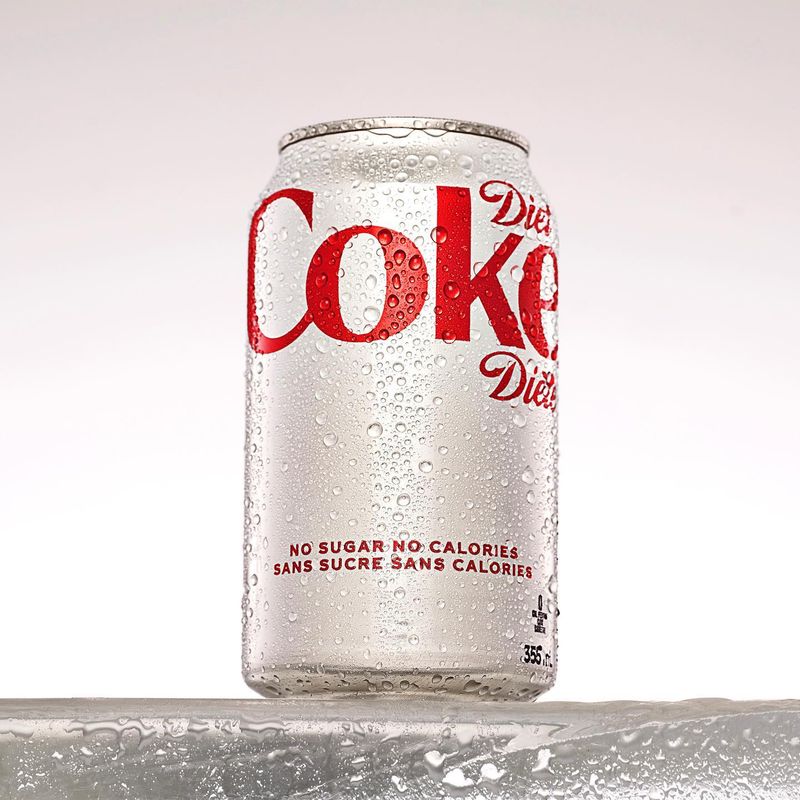
Launched in 1982, Diet Coke wasn’t just another product – it was a cultural revolution. For the first time, Coca-Cola created a completely new formulation rather than just modifying the original recipe. The bold move paid off enormously.
Diet Coke quickly became the most successful new soft drink since the original Coca-Cola, particularly resonating with women seeking a zero-calorie alternative. By 1984, it had become the top diet cola in America, and by the early 2000s, it ranked as the third most popular carbonated beverage worldwide.
Its silver can became iconic, representing both fashion-forward thinking and practical health consciousness in a single, refreshing package.
9. Top: Coca-Cola Zero Sugar
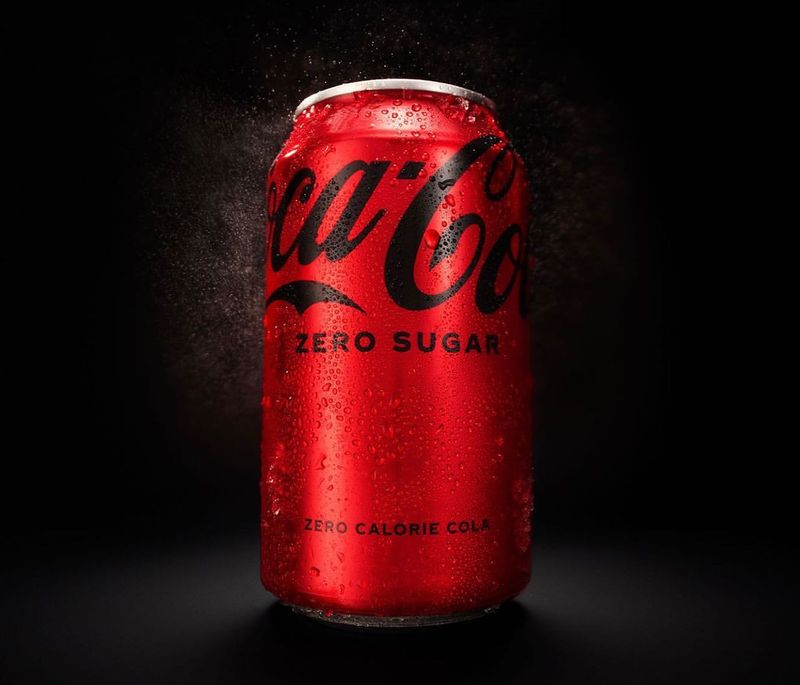
When Coca-Cola Zero launched in 2005, it tackled a specific marketing challenge: men avoided Diet Coke because of its feminine associations. The sleek black packaging and marketing promised real Coca-Cola taste with zero sugar and zero calories.
The formula was specifically engineered to taste more like regular Coke than Diet Coke did. This strategic positioning worked brilliantly, attracting male consumers who previously avoided diet sodas. By 2017, the product was rebranded as Coca-Cola Zero Sugar with an improved formula, and it continues to be one of the company’s fastest-growing products.
This success proved that sometimes the right packaging and positioning can open entirely new market segments.
10. Top: Cherry Coke
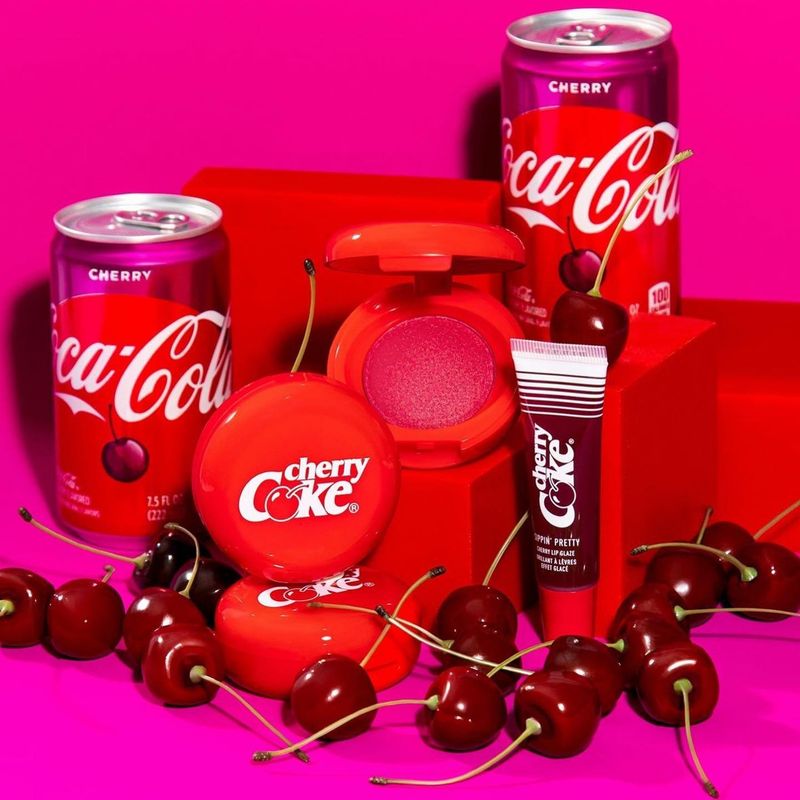
Though soda fountains had been mixing cherry syrup with Coca-Cola for decades, the company officially launched Cherry Coke in 1985. This marked Coca-Cola’s first flavor extension of its flagship brand, a move considered risky at the time. The gamble paid off spectacularly.
Cherry Coke’s sweet, fruity profile attracted younger consumers while maintaining enough of the classic Coke taste to satisfy traditionalists. Its success established the template for all future flavor extensions and proved consumers would embrace variations of the sacred original formula.
Today, Cherry Coke remains a permanent fixture in the Coca-Cola lineup, demonstrating how the right flavor innovation can create lasting brand expansion.
11. Top: Coca-Cola Vanilla
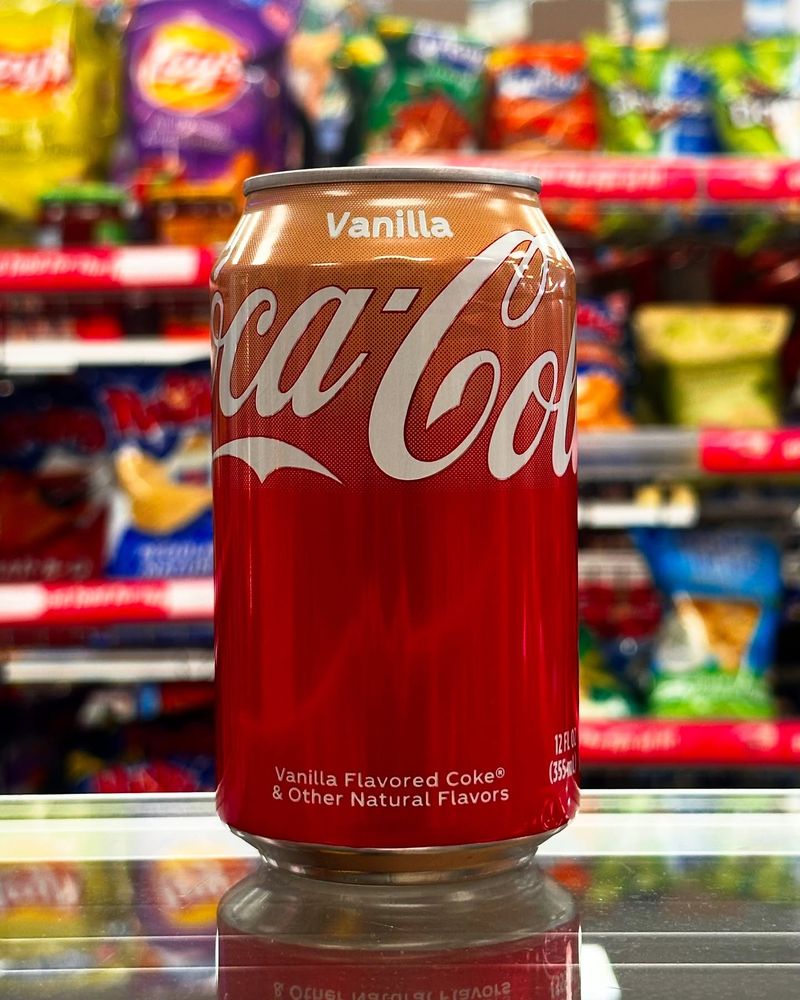
Introduced in 2002, Coca-Cola Vanilla tapped into America’s love affair with vanilla flavoring. The creamy, smooth addition to the classic Coke formula created an instant hit that reminded many of old-fashioned ice cream floats.
Despite being temporarily discontinued in 2005, consumer demand brought it back as Vanilla Coke in 2007. This resurrection demonstrated the flavor’s strong emotional connection with fans.
The product’s enduring popularity stems from its perfect balance – distinctive enough to be special but familiar enough to feel like a natural extension of the Coca-Cola experience. This vanilla variation proved that sometimes the simplest flavor additions can create the strongest consumer loyalty.
12. Top: Coca-Cola With Coffee
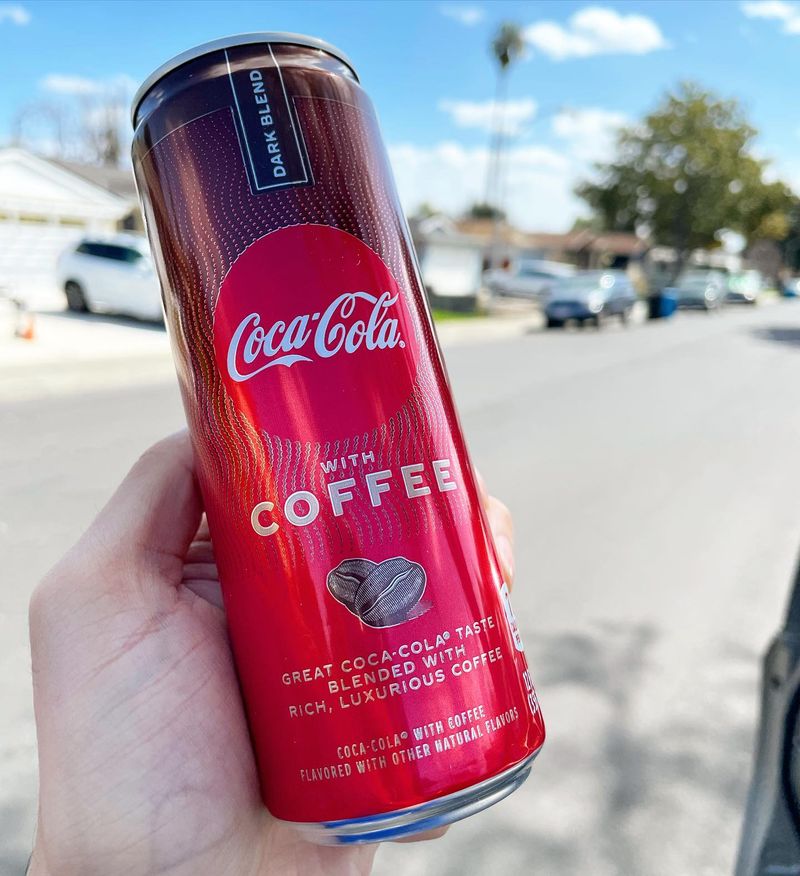
Learning from the failure of Coca-Cola BlaK, the company launched Coca-Cola With Coffee in 2020. This time, they got it right by balancing the flavors more effectively and launching when ready-to-drink coffee was already mainstream.
Available in various flavors like vanilla and caramel, each can contains Brazilian coffee and provides twice the caffeine of regular Coke. The timing was perfect, as consumers were already comfortable with coffee-flavored beverages. Market research showed 80% of Coke drinkers also consumed coffee, revealing an untapped opportunity.
13. Top: Coca-Cola Lemon
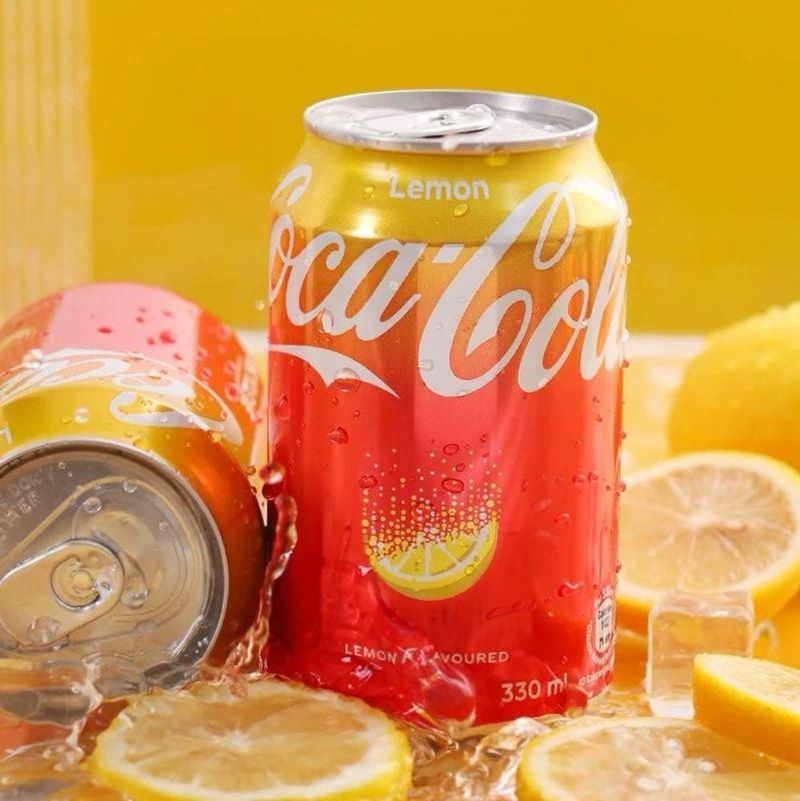
Coca-Cola Lemon emerged as a refreshing option, combining the classic soda with a lemony twist. Its introduction was a nod to consumers’ affinity for citrus infusions.
The lemon flavor added a crisp edge, appealing to those who enjoyed a tangy refreshment. Though it didn’t become a permanent product, its zesty flavor left a sunny impression.
This creation highlighted Coca-Cola’s ability to adapt and innovate, offering a playful spin on their timeless drink.
14. Top: Coca-Cola Raspberry
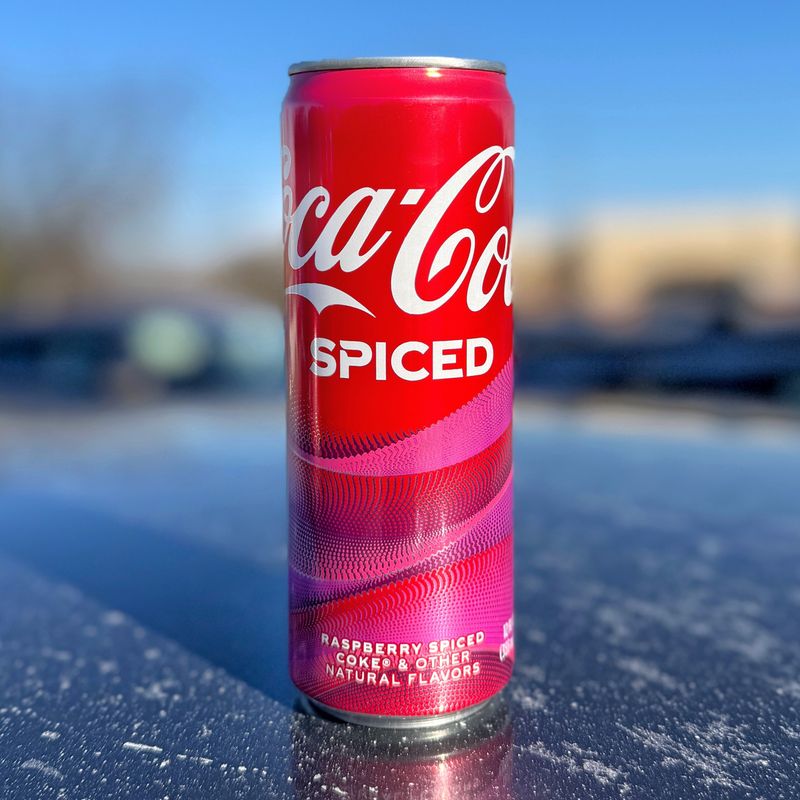
Coca-Cola Raspberry, with its tangy twist, was initially launched in New Zealand in 2005. Its unique flavor captured a niche audience, making it a memorable experiment in flavor innovation. Despite its limited availability, it remains a nostalgic favorite for those who tried it.
The marketing was bold, using vibrant colors to match the raspberry essence. This beverage stood out for its attempt to infuse berry flavor into a cola. Fans still recall the vivid taste that broke the monotony of traditional sodas.
Although not widely available, Coca-Cola Raspberry finds its way into special promotions occasionally, keeping its legacy alive. Its story proves that bold flavor experiments can leave a lasting impression.
Leave a comment